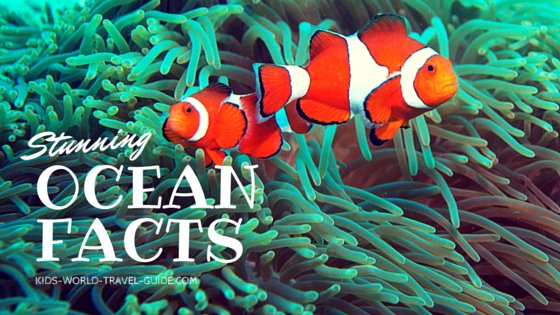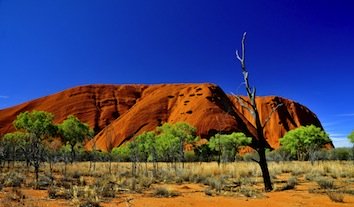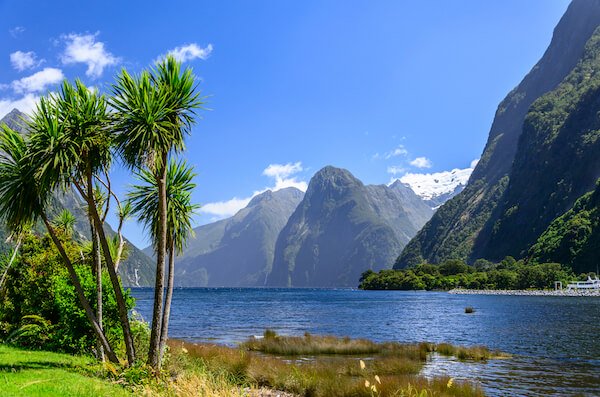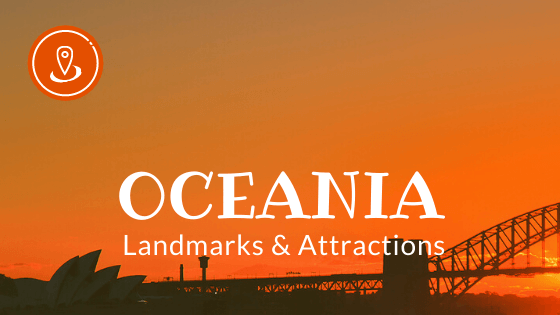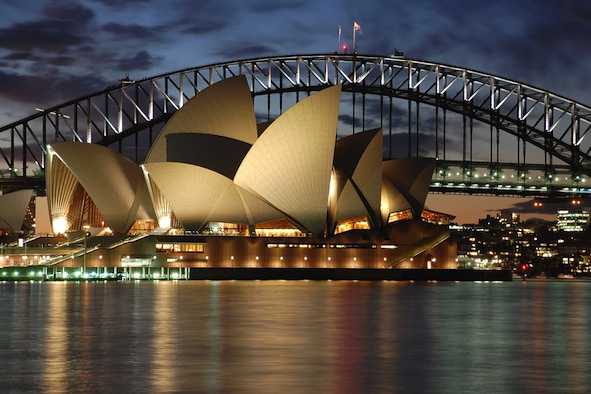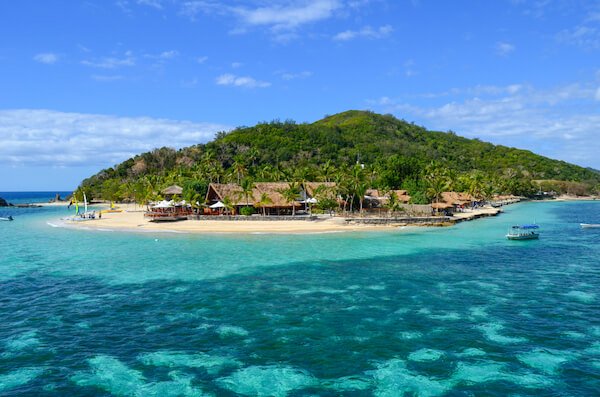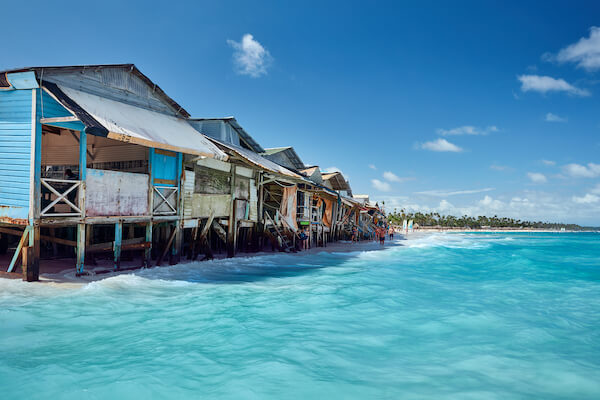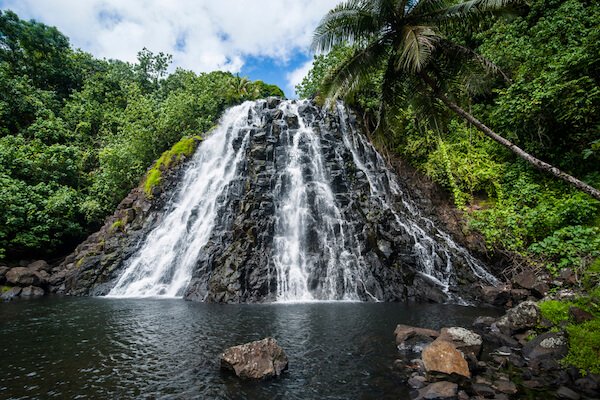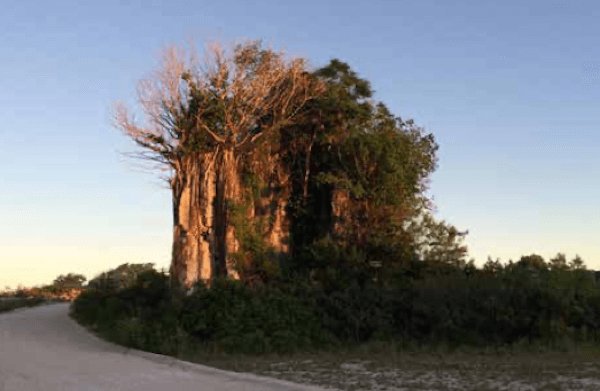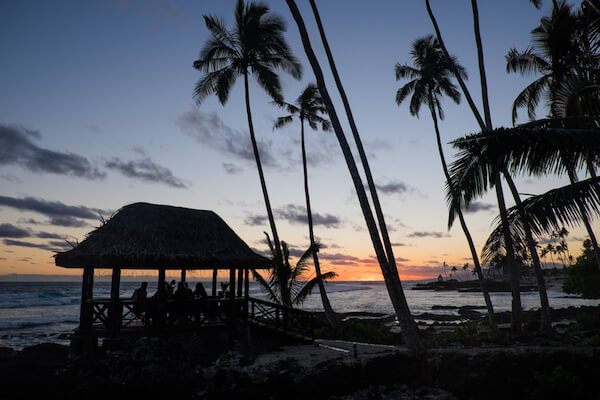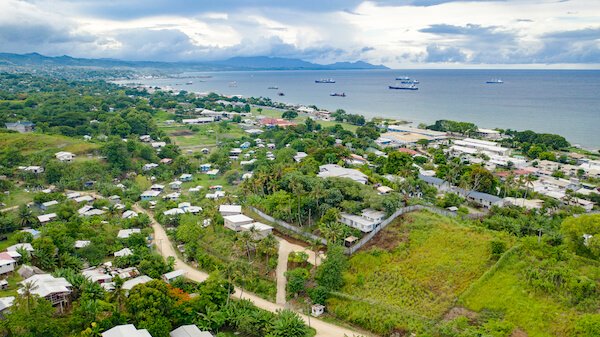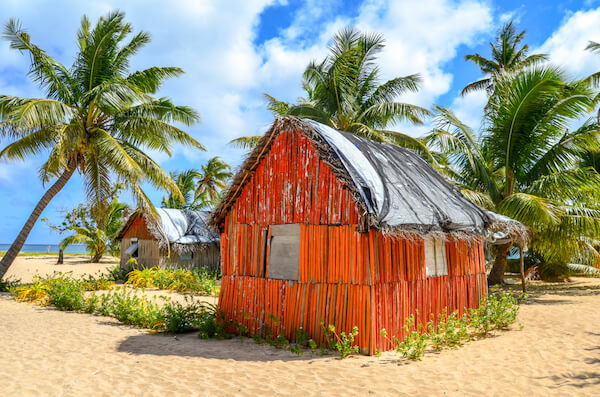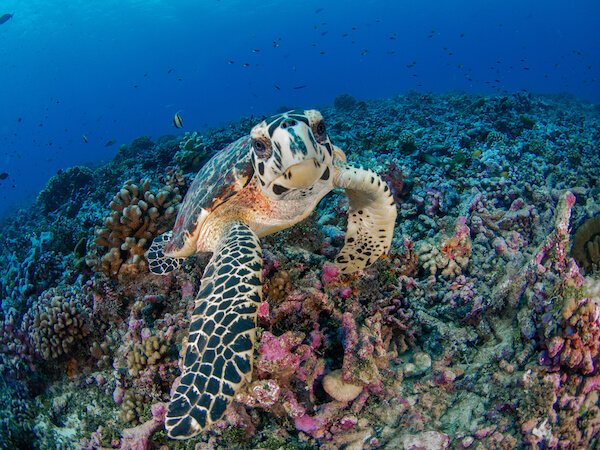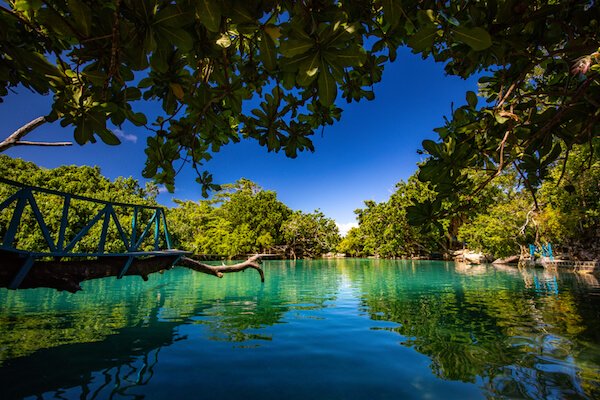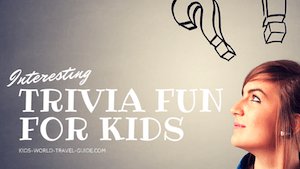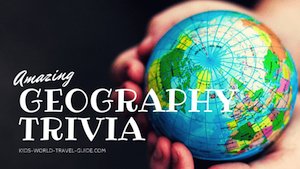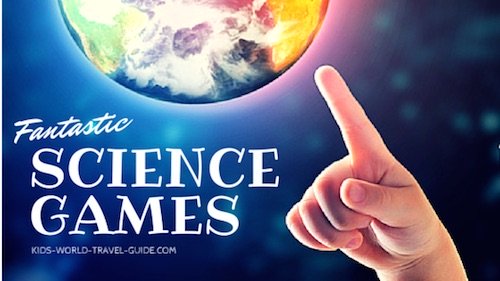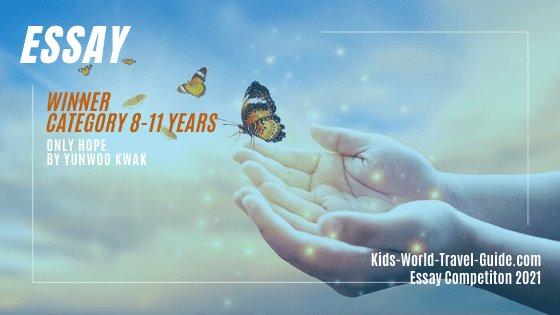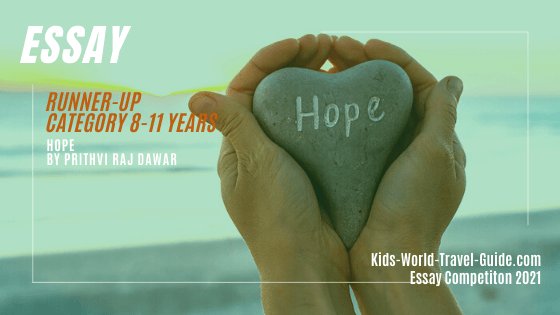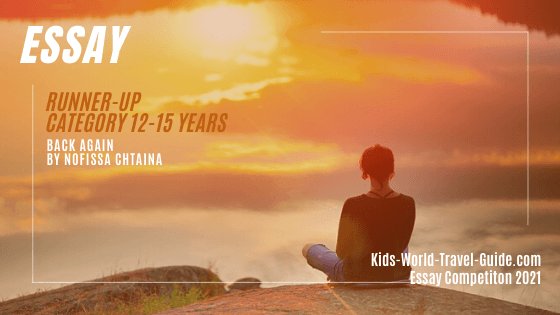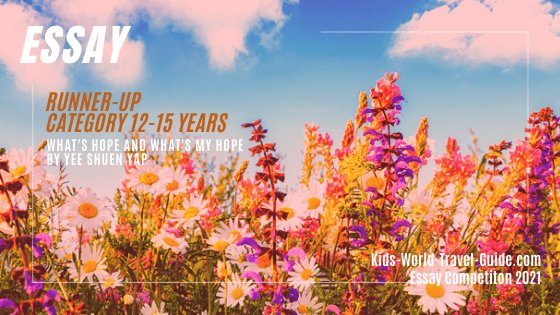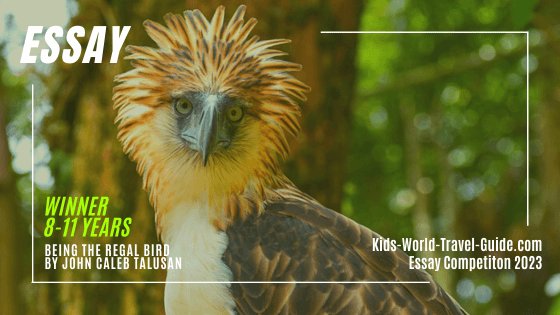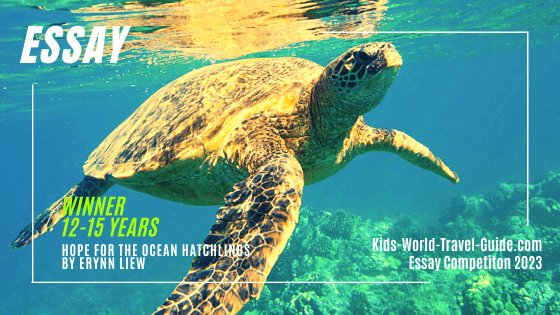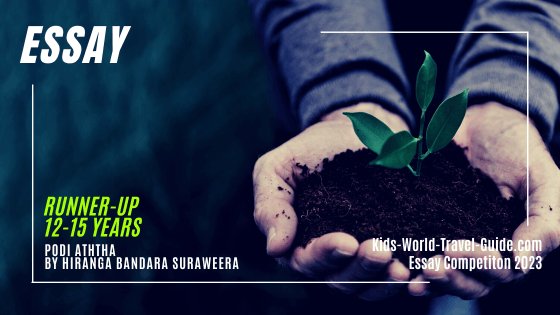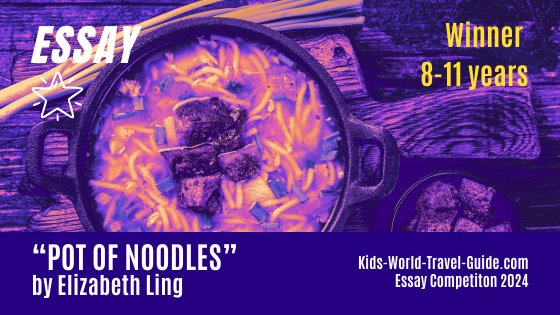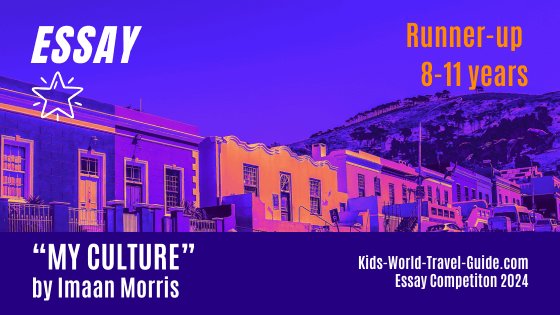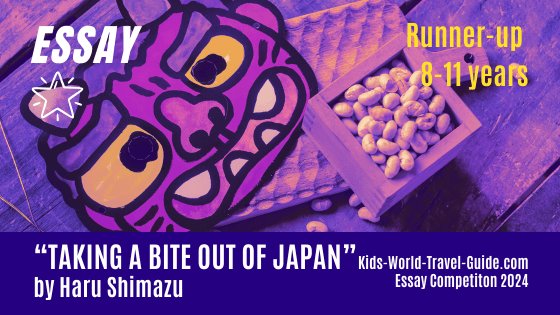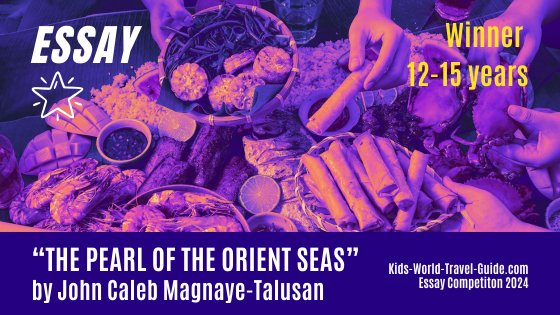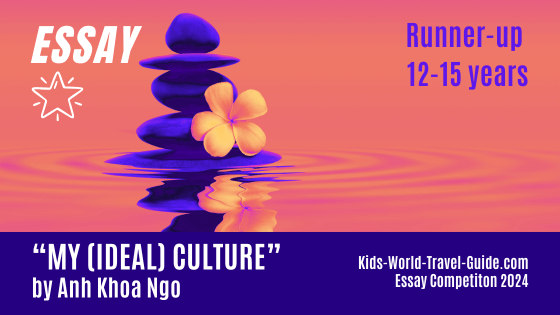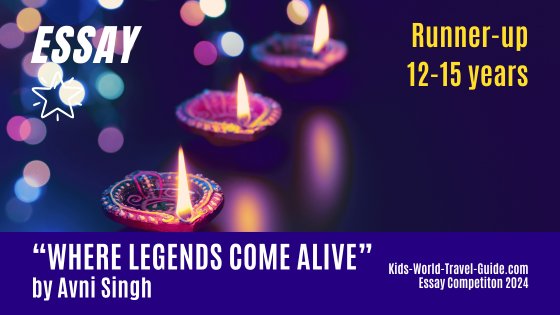- Homepage
- Australia/Oceania
- Papua New Guinea
Papua New Guinea
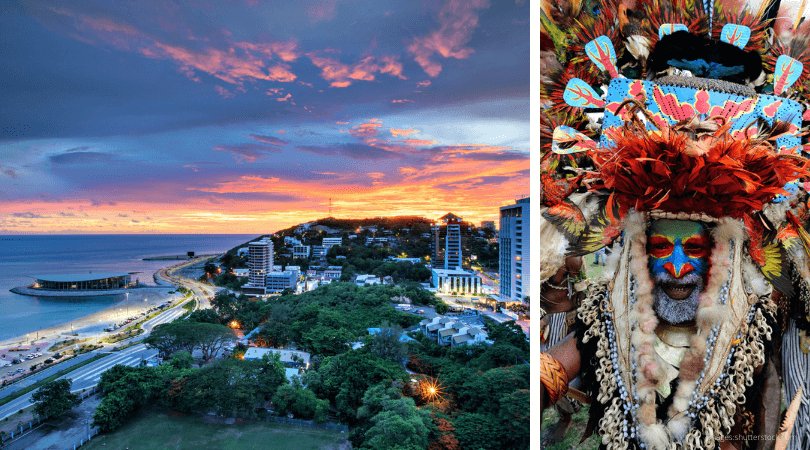
30 Papua New Guinea Facts for Kids
Here are some interesting facts about Papua New Guinea, also called PNG. These facts were chosen and researched especially for kids.
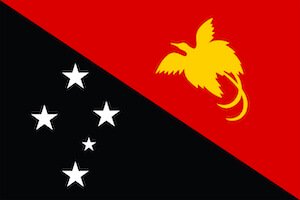 Flag of Papua New Guinea
Flag of Papua New Guinea1. Papua New Guinea or PNG is an island country located in the south western Pacific Ocean. PNG is located to the South of the equator and belongs to the Oceania region.
2. The group islands of this country belong to the Melanesian islands. These islands lie to the west of Indonesia and to the north of Australia.
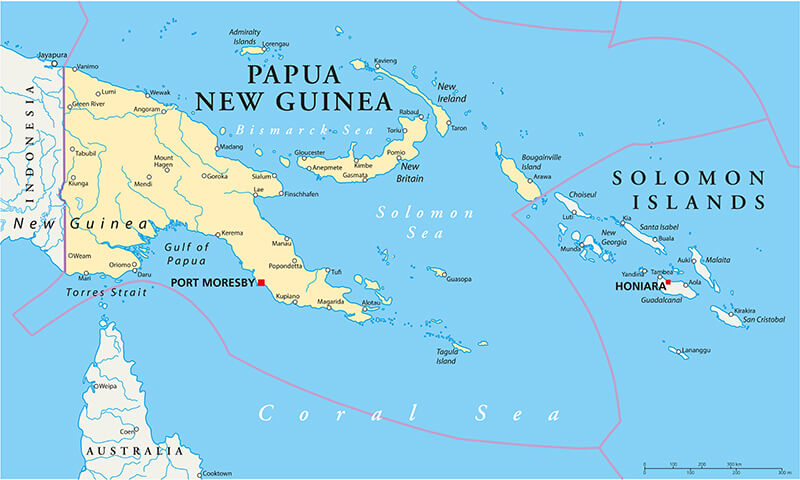 Papua New Guinea
Papua New Guinea3. Papua New Guinea shares the island of New Guinea with bordering Indonesia.
4. PNG is the third largest island nation in the world, while New Guinea is the world's largest island after Greenland!
5. The country consists of the main island of New Guinea, four larger islands including New Britain and New Ireland, as well as about 1,000 smaller islands.
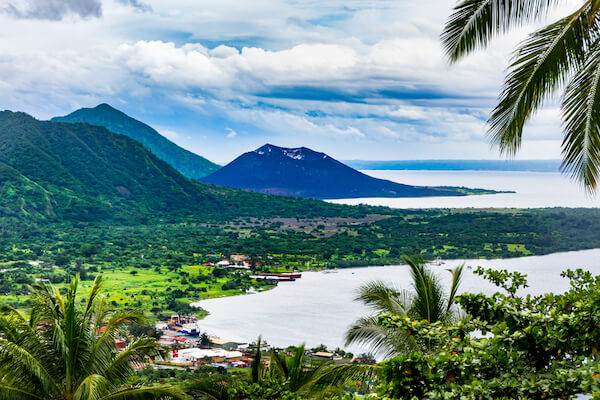 View over Rabaul on New Britain Island of Papua New Guinea
View over Rabaul on New Britain Island of Papua New GuineaPapua New Guinea Facts Geography
6. PNG is situated on the Pacific Ring of Fire and experiences regular volcano eruptions, earthquakes and even tsunamis.
7. The landscape of the country ranges from rugged mountains and highlands to dense rainforests and sandy beaches and the islands are surrounded by coral reefs.
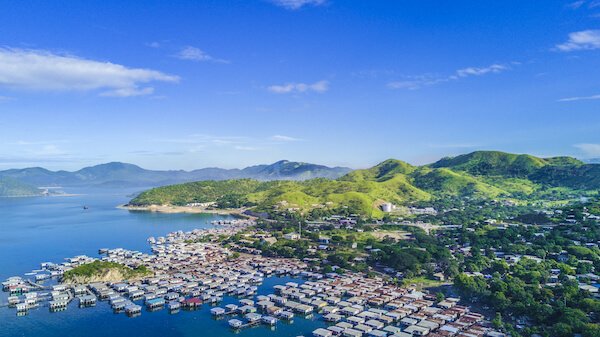 Typical fishing village in Papua New Guinea
Typical fishing village in Papua New Guinea8. The capital city is called Port Moresby and is home to about 400,000 people.
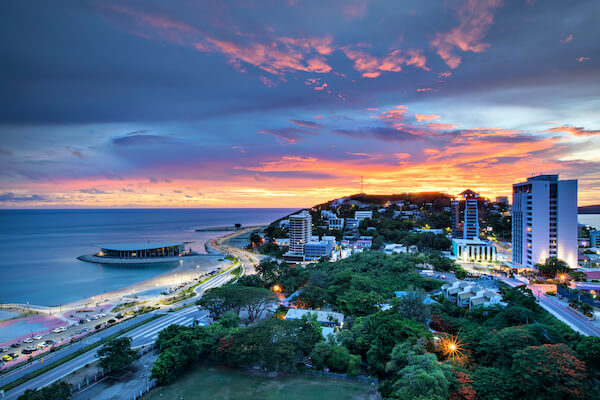 Port Moresby, the capital of Papua New Guinea
Port Moresby, the capital of Papua New Guinea9. Papua New Guinea is slightly larger than California/ USA and also slightly larger than Sweden.
10. The highest peak of the country is Mount Wilhelm with a height of 4,509 m/ 14,793 ft. Due to the high elevation, many parts in the Highlands of this tropical island experience snowfall.
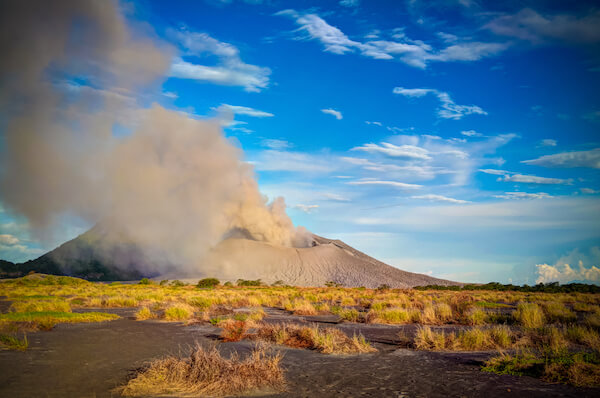 Tavurvur volcano on New Britain/ Papua New Guinea
Tavurvur volcano on New Britain/ Papua New Guinea11. There are 37 volcanos in Papua New Guinea. 14 of these are still active. Mount Ulawun in north eastern Papua New Guinea has erupted last in June 2022 and this is one of the world's most dangerous volcanoes.
Facts about Papua New Guinea
People
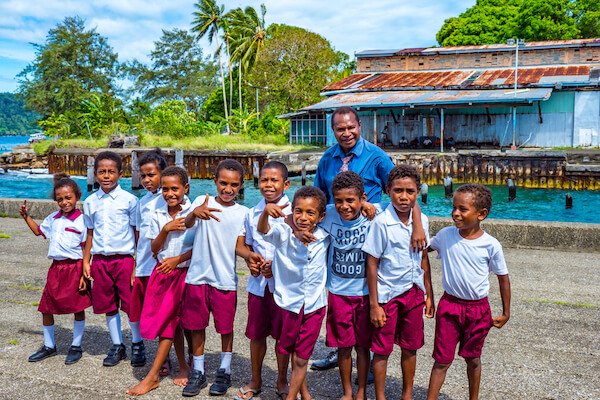 Pupils in Papua New Guinea - image by Mark Workman
Pupils in Papua New Guinea - image by Mark Workman12. About 9 million people live in the country. About three quarters of all people live on the main island of New Guinea.
13. Only about 14% of all Papua New Guineans live in urban area but most people live in rural areas in the highlands or the coastal regions. Many Papua New Guineans live from subsistence farming.
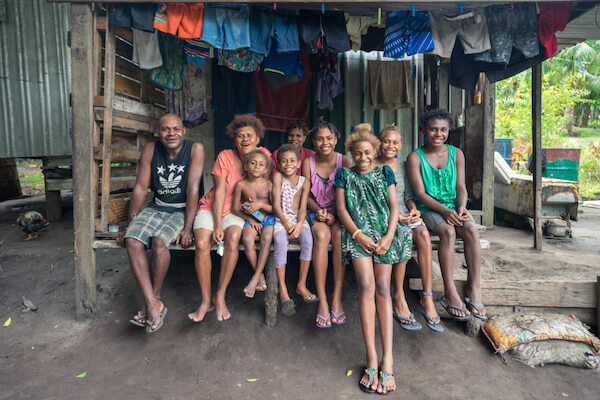 Family in Papua New Guinea - image by TheRoadProvides/shutterstock
Family in Papua New Guinea - image by TheRoadProvides/shutterstock14. The official languages of Papua New Guinea are Tok Pisin, Hiri Motu, English and Sign Language. Tok Pisin is a Melanesian pidgin language. There are more languages spoken in New Guinea than anywhere else in the world as there are over 820 different indigenous languages.
15. Every year in September, the indigenous tribes of the country meet at the cultural festival in Goroka in the Eastern Highlands. The showcase includes about 750 tribes from the island and is the largest gathering of indigenous tribes in the world! Here the groups present their best storytelling dances and songs.
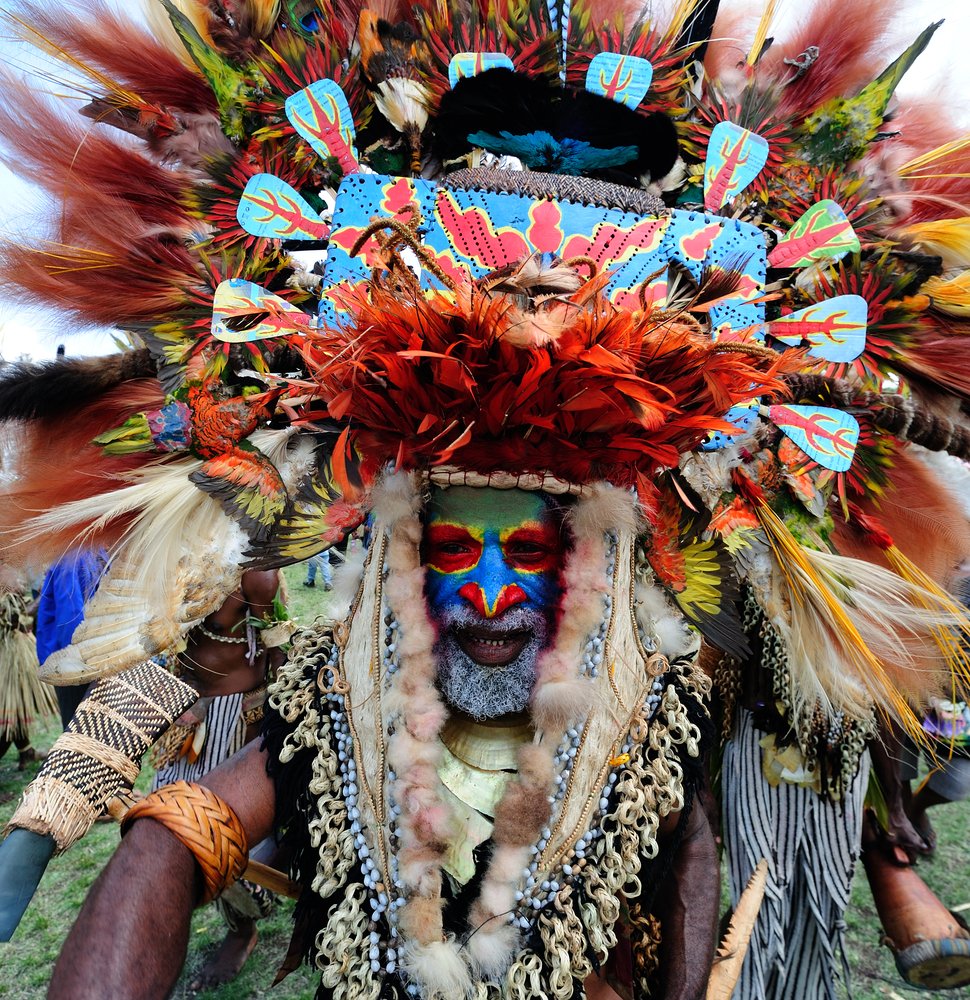 At the Goroka show
At the Goroka show16. About 96% of all Papua New Guineans are Christians, mainly Protestants (about three quarters of all Christians).
17. Only about 65% of the population over 15 years can read and write and more than one third of the population live below the poverty line.
PNG Name, Symbols and History
18. The name Papua New Guinea originates from the Malayan word 'papuah' which refers to the frizzy hair of the Melanesians and the Spanish name 'Nueva Guinea' that the first Spanish explorers gave to the island, as they found the indigenous people resembled the indigenous people they had encountered in Guinea on the west coast of Africa.
19. The national symbol is the soaring bird of Paradise over the Southern Cross constellation with the five stars and the national colors black, red and yellow.
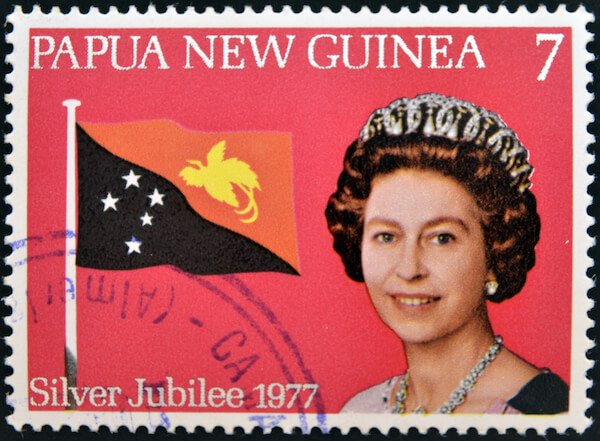 Papua New Guinea stamp to honour Queen Elisabeth II.
Papua New Guinea stamp to honour Queen Elisabeth II.20. The first people settled on the island of New Guinea already over 50,000 years ago. The first foreign explorers from Australasia, Spain and England came to the islands from the 15th century onwards, in 1884 the Germans founded a colony on the island. Before the second world war the country was already split in two territories: Papua occupied by the British and New Guinea, occopied by the Germans and then the Australians. During the second world war, Papua New Guinea was occupied by Japan. PNG is part of the Commonwealth of Nations since 1975.
21. The country declared independence from Australia in 1949 but this independence was recognised only in September 1975. The national day is 16 September.
Facts about Papua New Guinea | Animals
22. Papua New Guinea is recognised as the most megadiverse country in the world due to the extreme high biodiversity which means there are many animals and plants that are only encountered here.
There are so many remote regions that scientist still discover new species. However, there are only few large mammals on the islands but a large variety of reptiles, birds and plants.
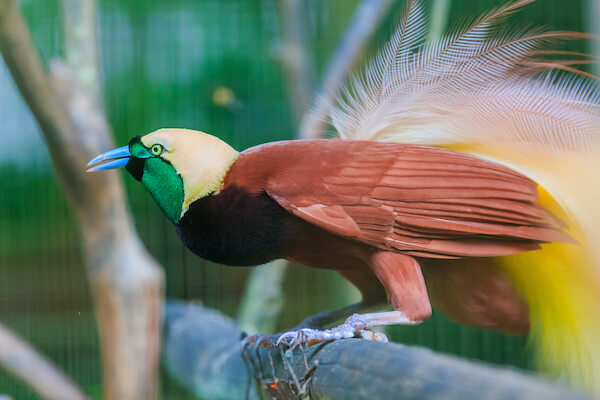 Bird of Paradise
Bird of Paradise23. In PNG, there are over 780 bird species of which 76 are endemic. Considering alone the national animal, the bird of paradise: there are 34 different species of birds of paradise and most of them are endemic, that means they only can be found here!
24. Then there are fascinating pigeons on the islands, as the crowned Victoria pigeons with their distinct feather crests.
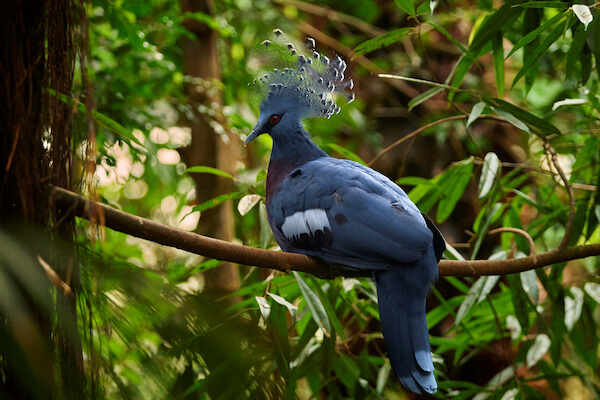 Crowned Victoria pigeon
Crowned Victoria pigeonPapua New Guinea Facts | Economy
25. The currency of Papua New Guinea is called kina. One kina is divided into 100 toea.
26. The main exports include minerals such as gold, oil and copper as well as agricultural products such as coffee, cocoa, bananas, sugarcane and palm oil.
27. Coffee is grown in the Eastern Highlands and is the second largest export product of Papua New Guinea.
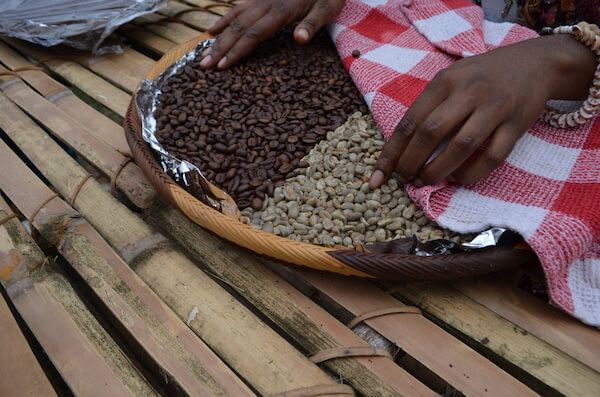 Raw and roasted coffee beans
Raw and roasted coffee beans28. The main trading partners are Australia, China, Japan and Singapore.
Facts about Papua New Guinea Food
29. The national dish is called mumu and is a one-pot-dish that contains sweet potato, rice, pork and vegetables. Chicken pot, a Chicken stew with coconut milk, is a popular dish too.
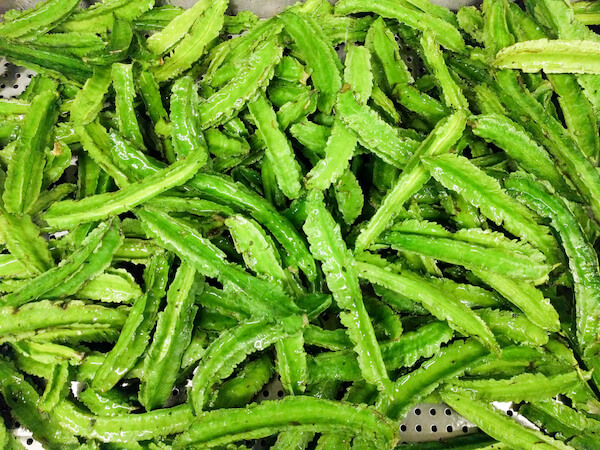 Green winged beans on the market
Green winged beans on the market30. Most Papua New Guinean dishes include karuka (large tree nuts), coconuts, breadfruit, sago, fruits and leafy greens as well as root vegetables such as sweet potato and taro, chicken or fish.
Facts about Papua New Guinea: Resources
Sources for Papua New Guinea Facts page:
- Catherine Roberts. "Goroka Show." ResponsibleTravel. Last accessed 14 March 2025.
- Central Intelligence Agency. "Papua New Guinea." WorldFactBook. Last updated 13 March 2025. Last accessed 14 March 2025
Image Credits on Facts about Papua New Guinea: photo stock from shutterstock and wikicommons, if not otherwise stated. Goroka Show picture by isaxar; Schoolchildren by Mike Workman; Family in PNG by TheRoadProvides; stamp by Naftali - all shutterstock.com
We hope you enjoyed reading our Facts about Papua New Guinea. Please bookmark this page and spread the word. We will add more information in the near future.
Popular Pages
Back from Facts about Papua New Guinea to Kids-World-Travel-Guide
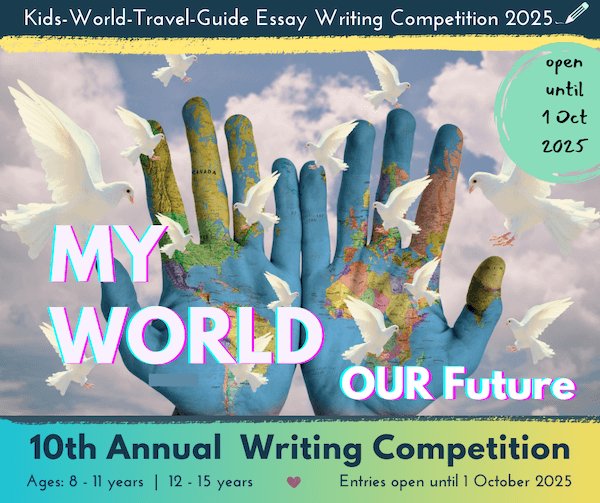
More about Oceania
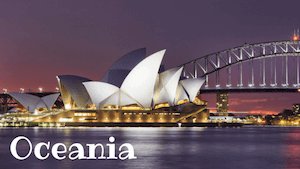
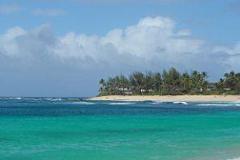 Pacific Ocean Facts
Pacific Ocean FactsMore about Oceania
 Pacific Ocean Facts
Pacific Ocean FactsLike what you read?
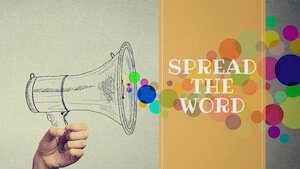
|
Simply share the html code below. Copy and paste onto your website, blog or Facebook page: <a href="https://www.kids-world-travel-guide.com/papua-new-guinea.html">Kids World Travel Guide: Facts about Papua New Guinea for Kids</a> |
